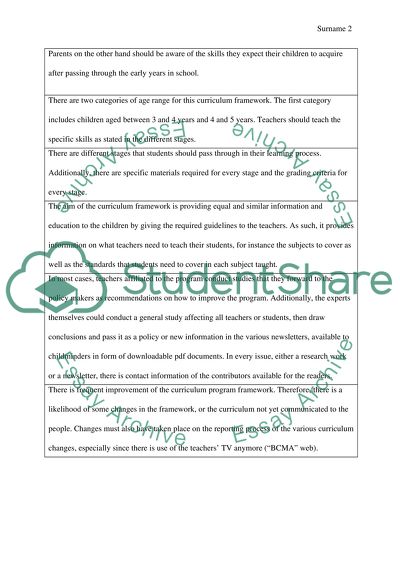Cite this document
(“TMA 01: The influence of policy in my early years setting Essay”, n.d.)
TMA 01: The influence of policy in my early years setting Essay. Retrieved from https://studentshare.org/education/1489857-tma
TMA 01: The influence of policy in my early years setting Essay. Retrieved from https://studentshare.org/education/1489857-tma
(TMA 01: The Influence of Policy in My Early Years Setting Essay)
TMA 01: The Influence of Policy in My Early Years Setting Essay. https://studentshare.org/education/1489857-tma.
TMA 01: The Influence of Policy in My Early Years Setting Essay. https://studentshare.org/education/1489857-tma.
“TMA 01: The Influence of Policy in My Early Years Setting Essay”, n.d. https://studentshare.org/education/1489857-tma.


